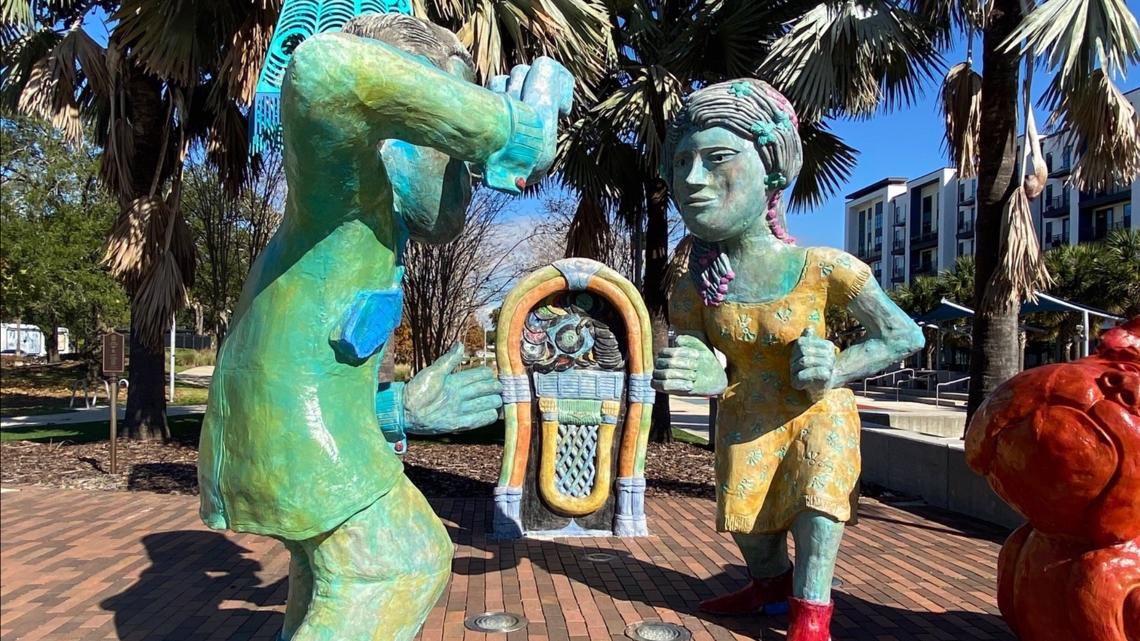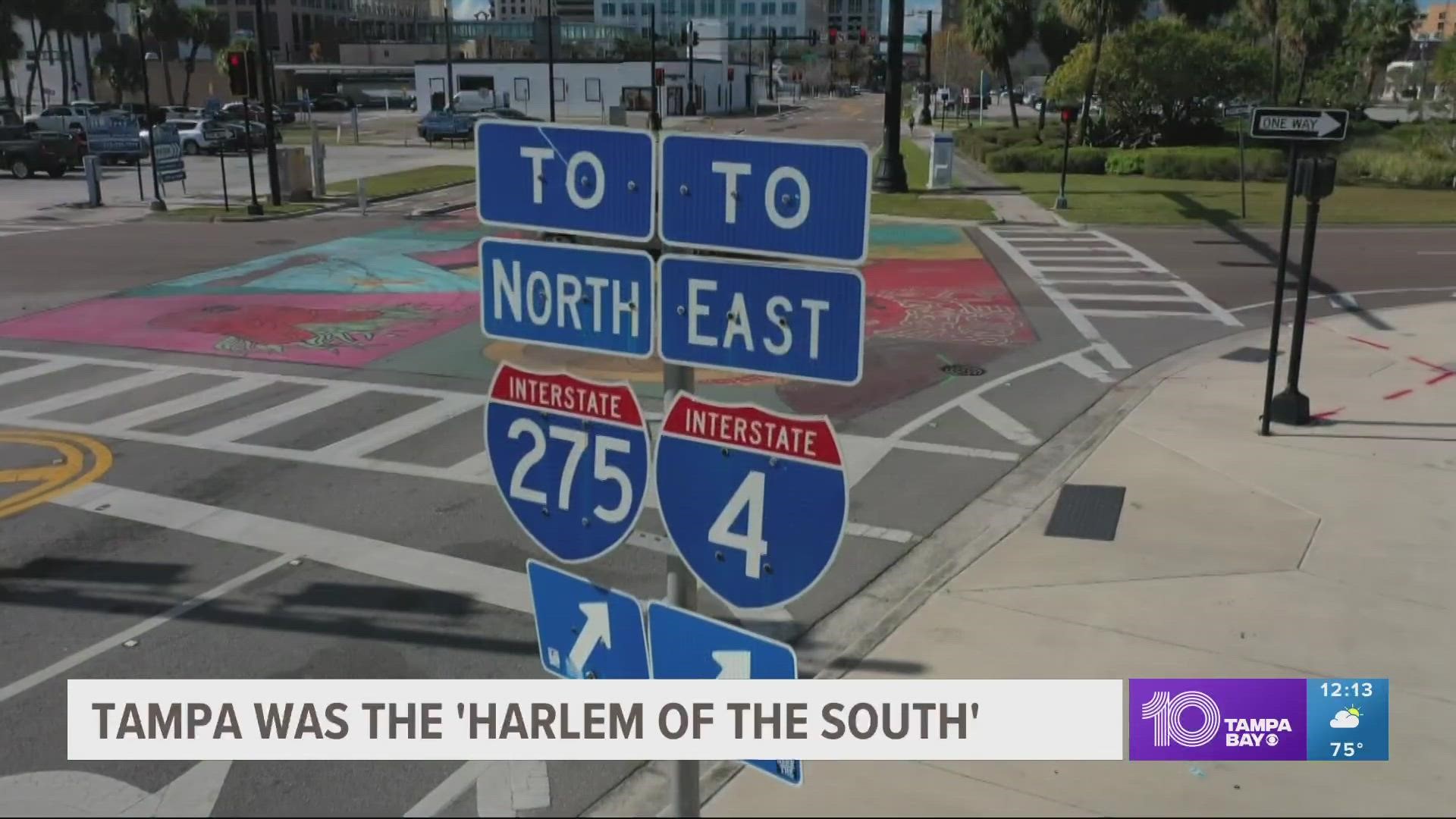TAMPA, Fla. — Racial segregation was a way of life throughout the Deep South, including here in the Tampa Bay area.
Through that injustice, a culture of Black business, food, music and entertainment was born, giving Tampa the nickname: Harlem of the South.
You might have driven by the spot a thousand times; just before the Interstate 275 and I-4 split in Tampa, Perry Harvey Sr. Park stands in what used to be an epicenter of Black America.
"I remember the confidence that walking down Central Avenue gave every Black young man and every Black young woman," said Fred Hearns, the curator of Black history at the Tampa Bay History Center.

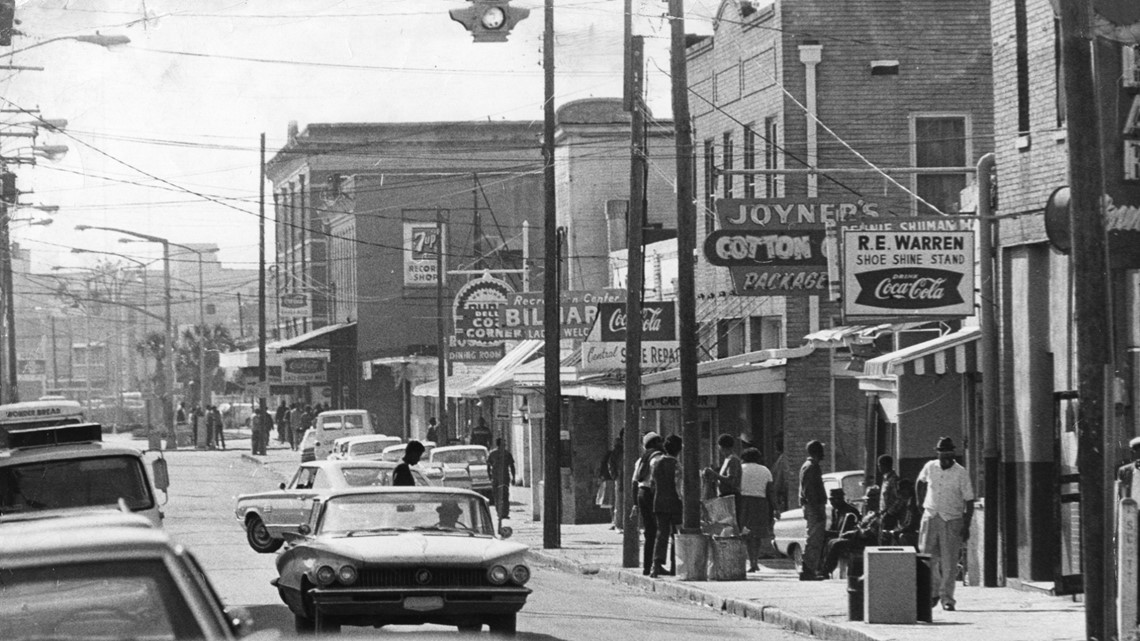
The street was lined with Black-owned businesses, packed with Black patrons, and bustling with Black culture. From doctors' offices to insurance companies, attorneys, schools and even the first Black library in Tampa, Central Avenue had it all.
But it was the entertainment that really made Central Avenue dazzle.

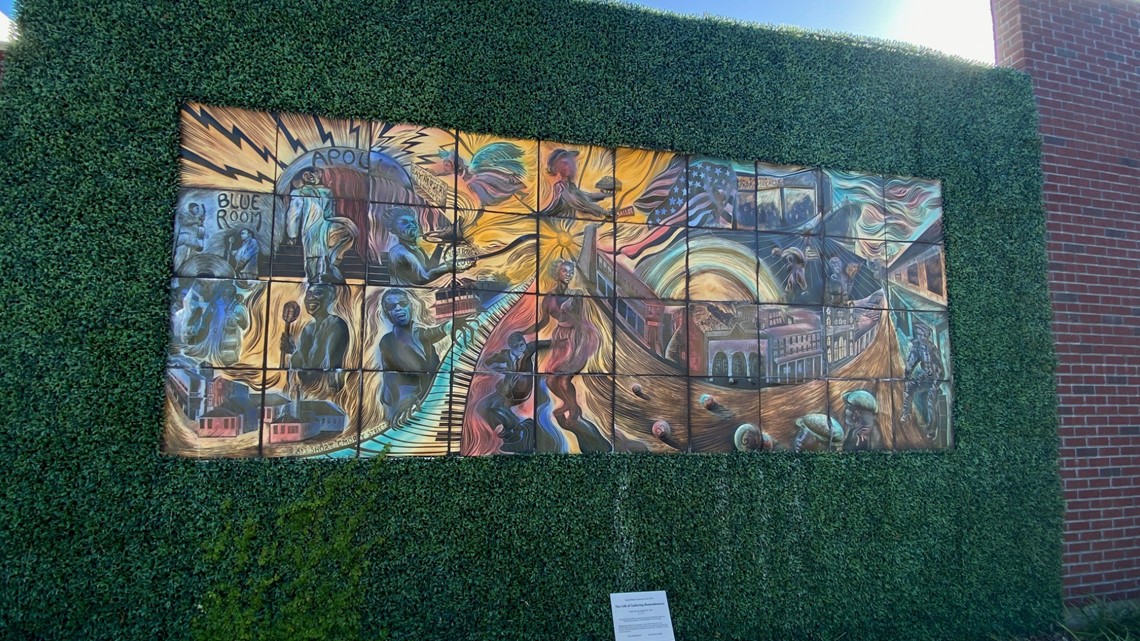
"Central Avenue was one of the major stops on what was called the Chitlin' Circuit. The Chitlin' Circuit was where Black entertainers traveled and performed because there were venues that accommodated them," explained Hearns, who remembers enjoying the food and festivity of Central Avenue as a teenager.
A destination district
Some of the biggest names in soul music got their start in Tampa performing for audiences on Central Avenue.
“Every celebrity there came there," Geraldine Mungin said in a 2003 oral history interview published by the Tampa-Hillsborough County Public Library System.
Mungin worked on Central Avenue at Joe Pullara & Sons Grocery.
Hearns said there was plenty of delectable food to be served amid the entertainment.
"People came from miles around to see the entertainers, to enjoy the performers, eat at those restaurants that served chitlins and collard greens, and candied yams," Hearns said.

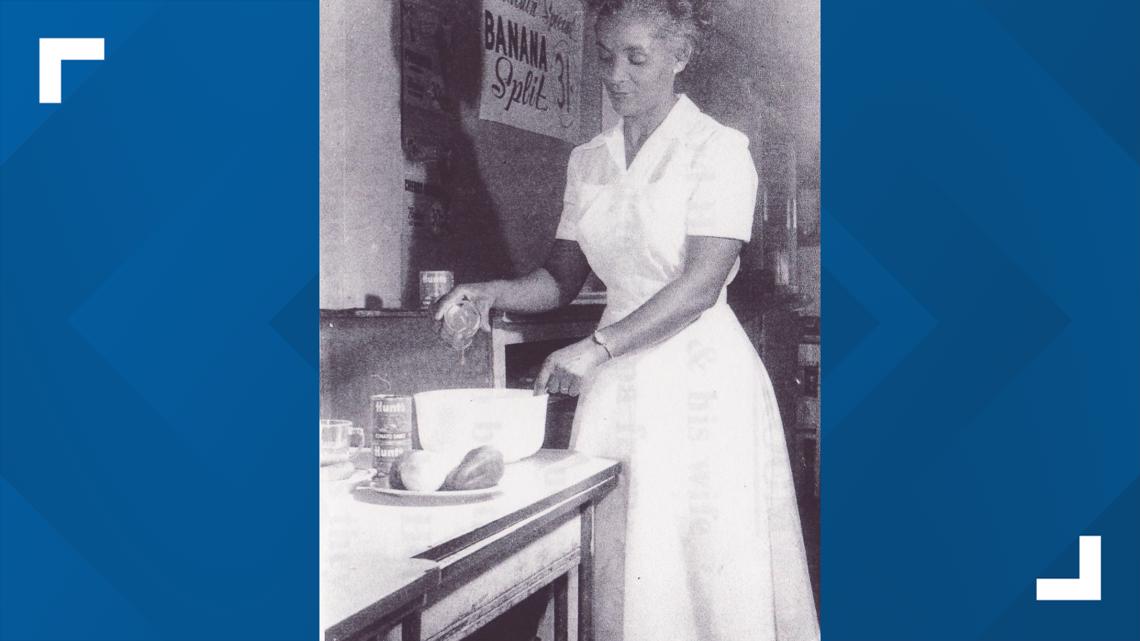
The musical legacy
Tampa had a profound impact on the one and only Ray Charles.
"Ray Charles made his first recording just a block away from Central Avenue here in Tampa. That's documented in his autobiography," Hearns explained.
That first recording was called "St. Pete Florida Blues."
Hearns said Charles named the song after St. Petersburg rather than Tampa because he wanted to appeal to white people who were more familiar with St. Pete because of the beaches.
Today, Ray Charles Boulevard stands two blocks away from where he recorded that song.

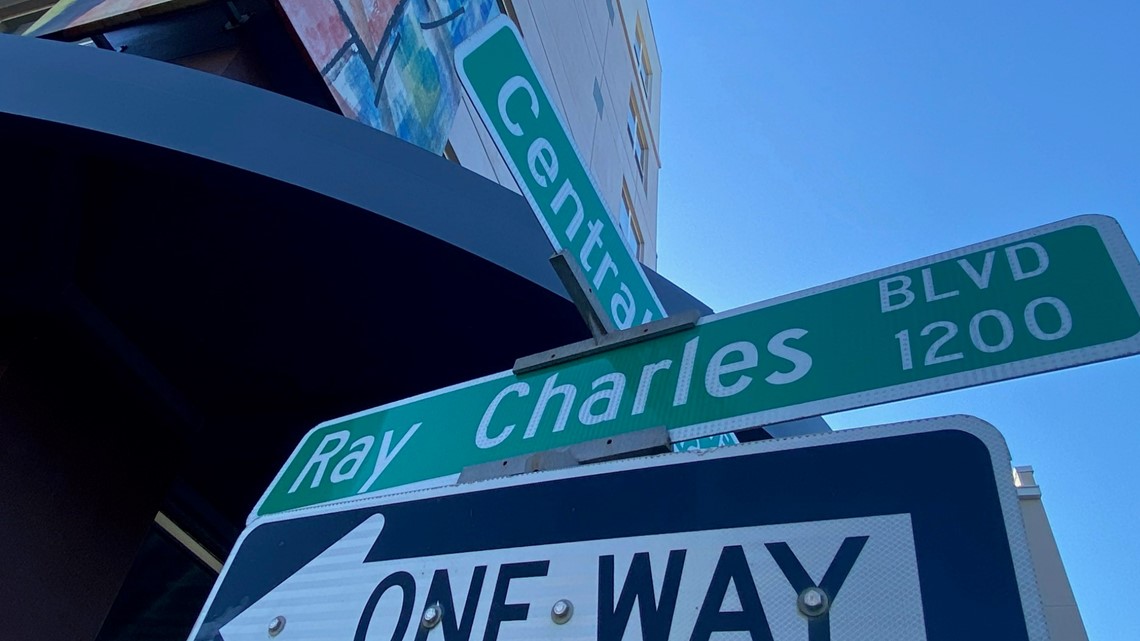
"This was his home for two years and then when he left here, he went to the West Coast, Seattle, LA and the rest is history," Hearns said.
Central Avenue's Cotton Club played host to some of the all-time greats, including Duke Ellington and Ella Fitzgerald.
“You had a lot of the musicians that would come to town- they would have jam sessions," Rev. Willie Dixon said in an interview for the HCPLC oral history collection.
Not just song
You've probably heard of the song "The Twist," and you might be familiar with the hip-twisting move that accompanies it.
Turns out the dance sensation of the 1960s was inspired by young people on Central Avenue doing the dance move.
"Chubby Checker gets the credit; it actually started with Hank Ballard," Hearns said.
Gone but not forgotten
The last business standing on Central Avenue was the Cotton Club. It closed in 1974.
Civil unrest combined with the expansion of the interstate pushed people and businesses out of the area, which lead to the eventual demise of the once bustling Central Avenue.
Today, a mural remains with images of Ray Charles at the piano, Ella Fitzgerald at the microphone, and people doing the iconic "Twist" dance move.
"Tampa was called the Harlem of the South for good reason," Hearns said.
There are sculptures of musicians and dancers, an open grassy area and a concrete wall sandblasted and stained with the faces of some of the most influential people to have contributed to Central Avenue and the surrounding community.
It's all part of Perry Harvey Sr. Park, named after a founding member of the Longshoreman’s Union Local #1402 who fought for better wages, benefits, and improved working conditions for Tampa’s predominantly Black dock workers.
You can read about the public art at Perry Harvey Sr. Park by clicking here or learn more about the history of African American culture in Tampa and Central Avenue through the Tampa Bay History Center's guided walking tours.

